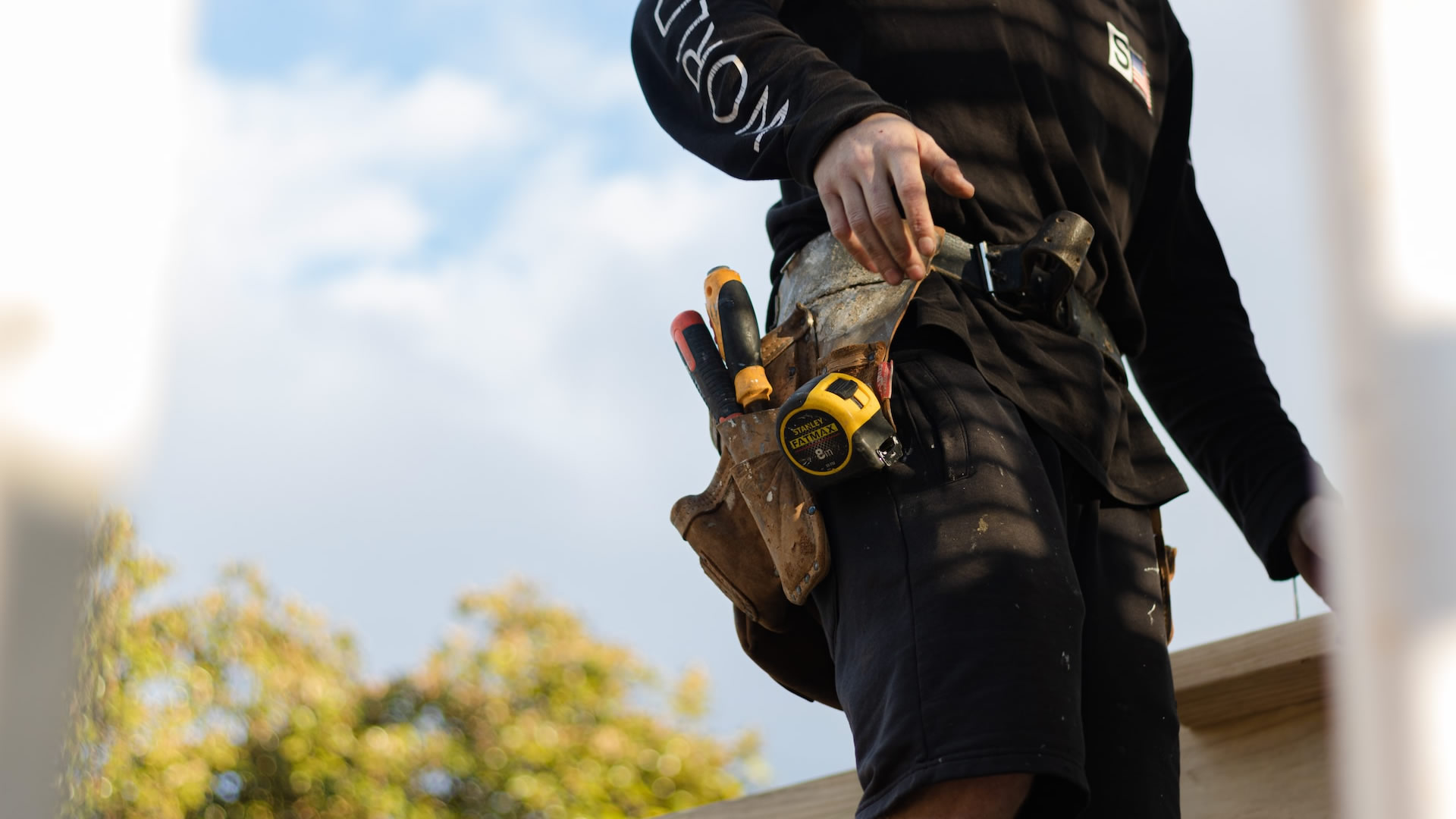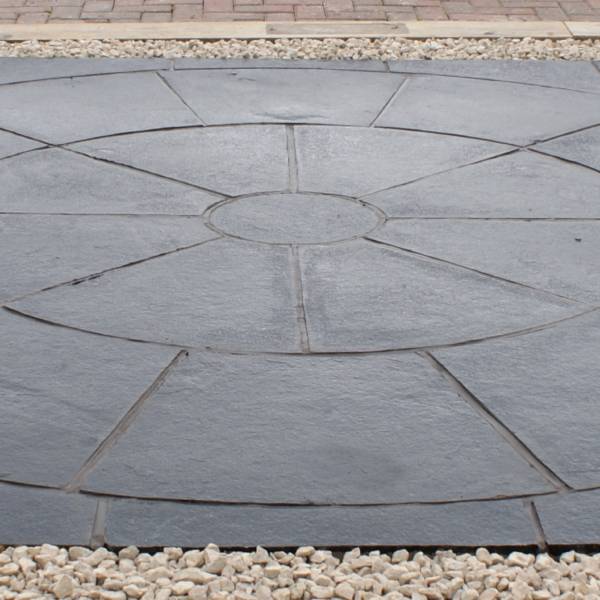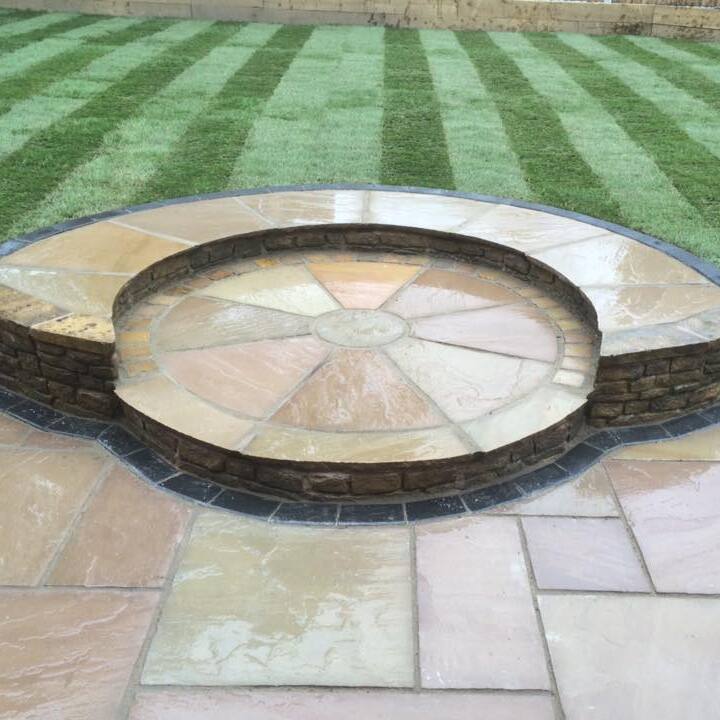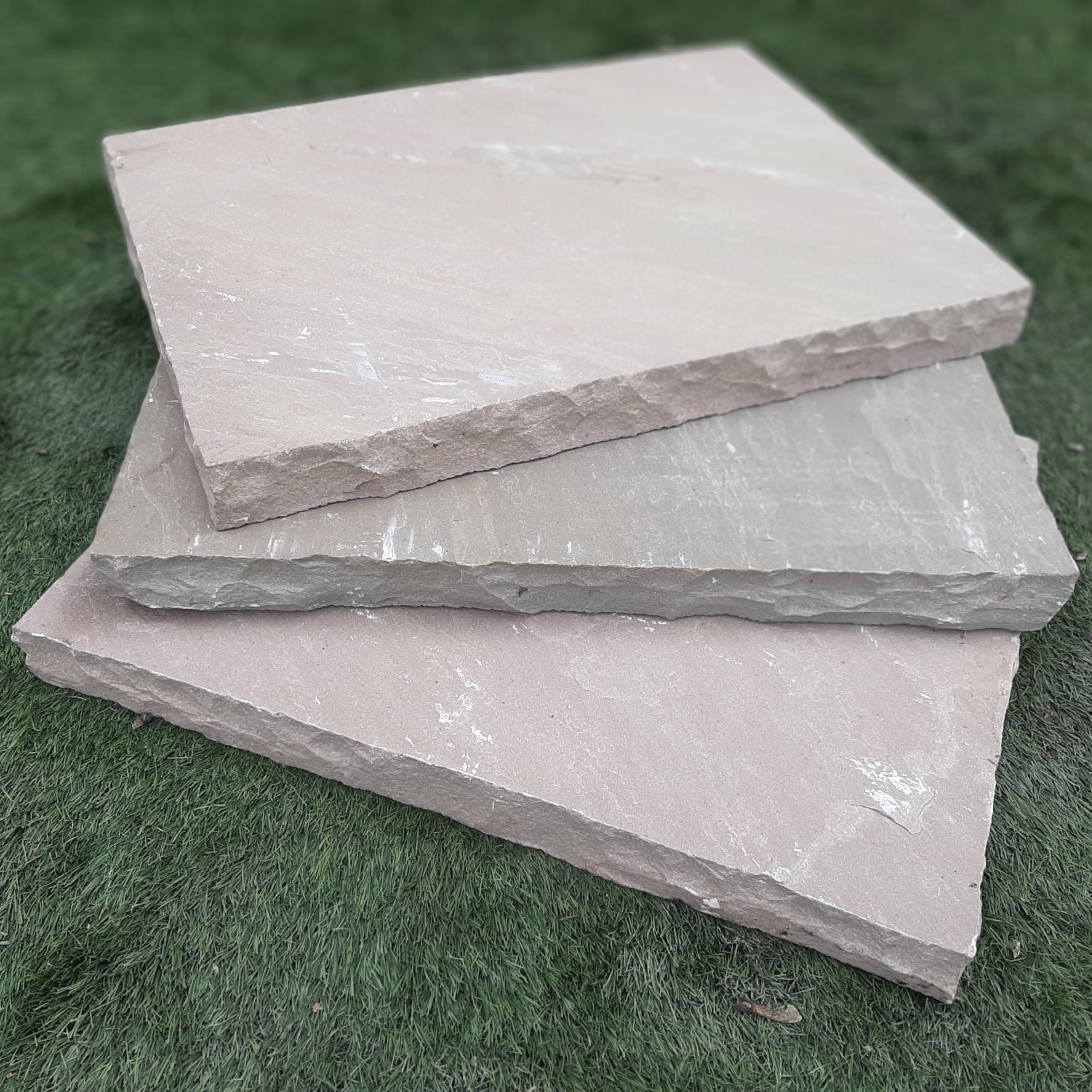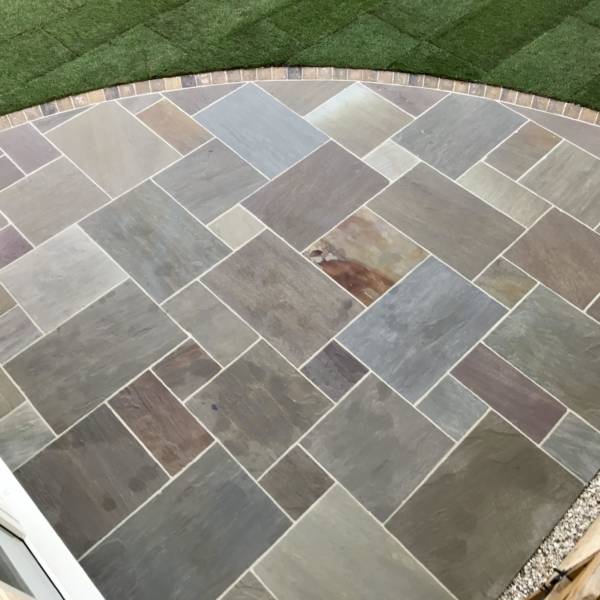
As the winter months approach, it’s important to take proper care of your natural stone paving to ensure its longevity and safety. Cold weather and slippery surfaces can pose a challenge, but with the right maintenance routine, you can keep your paving in top-notch condition all year round.
In this blog post, we will provide you with valuable tips on how to maintain natural stone paving over the winter months, focusing specifically on dealing with cold weather and minimising slip hazards.
Clear the surface regularly
One of the most important aspects of maintaining natural stone paving during winter is keeping the surface clear of debris. Fallen leaves, snow, and ice can accumulate and create slip hazards. Regularly sweep or shovel the area to prevent these hazards from forming. For snow and ice, use non-abrasive materials such as calcium chloride or sand to melt ice without damaging the stone.
Prevent water accumulation
Water can seep into porous natural stone, leading to cracking and damage over time. To prevent water accumulation, make sure your paving has adequate drainage. Keep an eye on any potential pooling areas and install additional drainage if necessary.
Consider applying a quality stone sealant designed for cold weather conditions. This will create a protective barrier, reducing water absorption and reducing the risk of damage.
Use gentle cleaning methods
Avoid using harsh chemicals or abrasive cleaning tools on your natural stone paving during winter. These can damage the surface and compromise the integrity of the stone. Instead, opt for mild soap and warm water for cleaning. Gently scrub the surface with a soft-bristle brush or mop to remove dirt and stains. Be cautious while using water on cold days to avoid creating icy patches.
Trim surrounding vegetation
Overhanging branches and dense vegetation can create additional debris and moisture, increasing the chances of slip hazards on your natural stone paving. Regularly trim back trees, bushes, and plants surrounding the paving to prevent leaves, twigs, and sap from falling onto the surface.
Consider anti-slip measures
To further reduce slip hazards, consider applying an anti-slip solution to your natural stone paving. There are various non-slip coatings and treatments available that can enhance traction and reduce the risk of accidents. Consult with a professional or visit your local home improvement store for recommendations on the best anti-slip solutions for natural stone surfaces.
Be mindful of snow removal equipment
If you need to use snow removal equipment near your natural stone paving, exercise caution to avoid damaging the surface. Shovels with plastic or rubber edges are less likely to scratch or chip the stone. Avoid using metal-edged shovels or snow blowers directly on the paving. If using a snow blower, keep it at a reasonable height to prevent damage to the stone.
Maintain regular inspections
Throughout the winter months, periodically inspect your natural stone paving for any signs of damage, cracks, or uneven surfaces. Address these issues promptly to prevent further deterioration. It’s also a good idea to schedule professional maintenance at the end of winter to assess any necessary repairs or treatments.
Summary
By following these winter maintenance tips, you can keep your natural stone paving safe, beautiful, and durable throughout the cold months.
Remember to clear the surface regularly, prevent water accumulation, use gentle cleaning methods, trim surrounding vegetation, consider anti-slip measures, be mindful of snow removal equipment, and maintain regular inspections.
With some proactive care, your natural stone paving will continue to enhance your outdoor space for years to come. Stay safe and enjoy your winter wonderland!
Photo by Georg Eiermann on Unsplash

